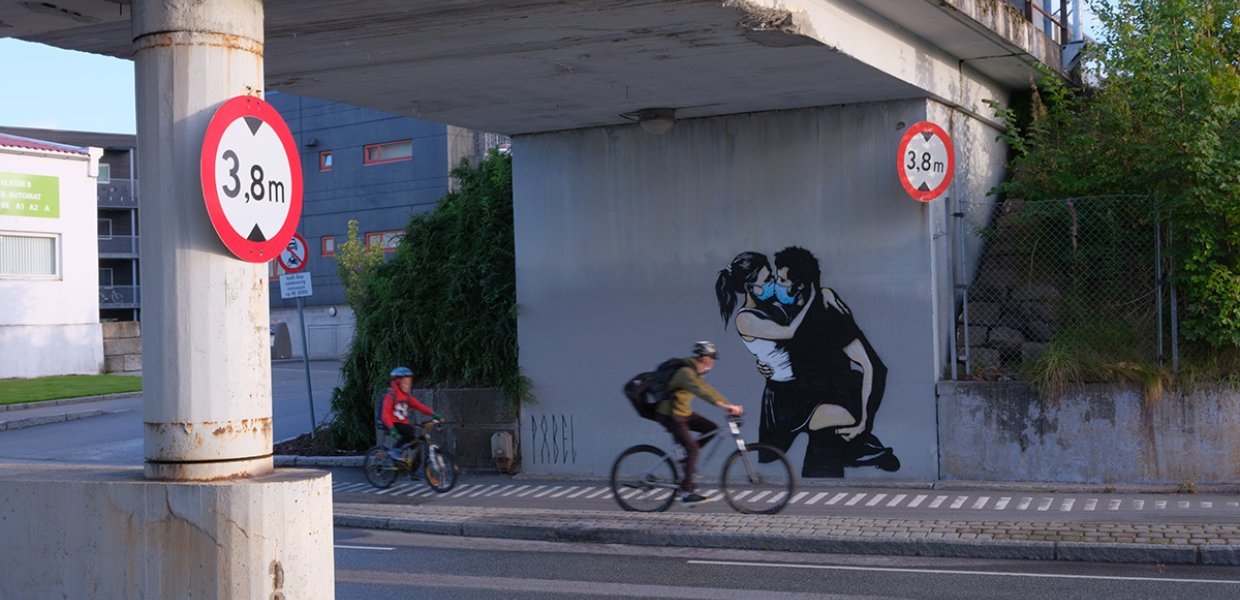Never in my wildest imagination did I think I’d be watching the Cornhole World Championships live on ESPN from South Carolina in mid-July to satisfy my yearning for “real” sports competition. Welcome to sports in a pandemic.
The NBA, NHL and MLS all canceled play mid-season, MLB canceled spring training, the NCAA canceled March Madness and ultimately all fall sports, the Pac-12 and Big Ten canceled their fall football seasons, and the Olympics was rescheduled to next year. What was a sports fan to do?
In addition to losing the pure joy and passion that comes from sports, the shutdown also had a huge and painful economic impact.
Hundreds of thousands of stadium concession workers, ticket takers, security guards and parking attendants; coaches; referees; and front-office personnel lost their jobs. Local professional and college town economies took a major hit with lost revenue from bars, restaurants and hotels.
Recovering from COVID-19
Fortunately, the leagues, with varying degrees of success, created plans to resume their seasons. The NBA, WNBA and NHL created “bubbles,” MLB, the PGA and MLS made plans to compete without fans, and the NFL is planning to move ahead with its schedule as planned, some games with fans, some without.
More importantly, leagues and players stepped up in response to the pandemic. For example, approximately 100 NBA players and the NBA Players Association Foundation donated a combined $5.5 million to nonprofits to assist in pandemic relief. Dozens of other professional leagues and colleges made significant contributions to a host of local COVID-19 relief organizations.
Supporting the BLM movement
Then, just when you thought the sports landscape was prepared to return to some semblance of normalcy, George Floyd was murdered, sparking a nationwide outcry
and protests. With a few notable exceptions, athletes have historically been reluctant to use their platform and celebrity to weigh in on social or political issues. But this time was different. And was it ever.
Dozens of professional and collegiate athletes joined in the protests, “Black Lives Matter” was painted on all NBA bubble courts, and the players were able to choose from 29 phrases to wear on their uniforms, including “Say Their Names,” or “I Can’t Breathe.” WNBA players wore special uniforms with “Black Lives Matter” on the front, “Say Her Name” on the back, honoring Breonna Taylor.
MLB teams had the option of stenciling “Black Lives Matter” or “Unite for Change” on the back of the pitcher’s mound during opening weekend. The NFL is planning to play the Black National Anthem, “Lift Every Voice and Sing,” before all week one games. And many high-profile players and coaches spoke out powerfully about racial injustice.
Then Jacob Blake was shot seven times in the back by a white police officer. NBA, WNBA, MLB and MLS players then used their collective clout to suspend their playoffs and cancel games, again in an uncommon show of support for a social and political issue.
Altering the future of sport
So where does this leave the future of sport in America? It has perhaps changed the playing field forever.
Athletes will increasingly advocate for the social and political issues that are important to them with their new found influence. This new activism is likely to cut both ways — further solidifying hard core fan support or alienating those who see sports as a place where they can escape politics.
Fans, particularly younger ones, will increasingly engage with sports not by attending games or watching them in their entirety
on television, but through more customized streaming services, or virtually via e-sports, VR and AR. This will create major issues for the value of media rights and sponsorship deals, let alone home attendance and television ratings, which for many sports are already in decline.
The future of college athletics also is in serious trouble if football, the biggest revenue produc- ing sport at most institutions, is interrupted. Stanford cut 11 varsity sports as a result of severe budget cuts and 43 other Division I teams have been eliminated. In total, more than 130 programs in all levels of the NCAA have been cut, impacting thousands of student-athletes.
Above all, sport ultimately has the power to unite people rather than divide them. Nelson Mandela once said, “Sport has the power to change the world. It has the power to inspire. It has the power to unite people in a way that little else does.”
Let’s all hope he was right.
